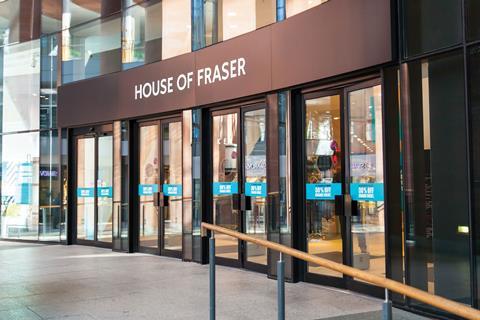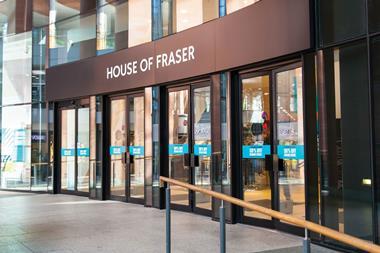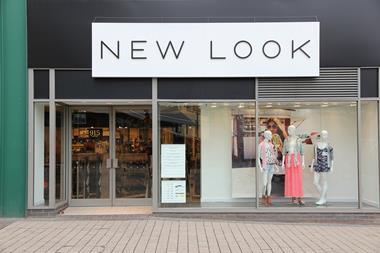For the past five years, the real estate industry has debated the plight of retail. The threat of online has proved real and today we are at a critical point where it is affecting retail presence and the global retail market.

For the past five years, the real estate industry has debated the plight of retail. The threat of online has proved real and today we are at a critical point where it is affecting retail presence and the global retail market. As several Property Week stories have recently highlighted, institutions such as Toys R Us, Mothercare and, most recently, House of Fraser are losing out, either closing down or embarking on strict restructuring or refinancing.
In response, shopping centre investors are no longer simply looking at opportunities but at how to diversify risk across more markets. This adjustment in strategy is why we’re witnessing mergers between leading retail companies globally, such as Unibail and Westfield in Europe.
While the global retail market is experiencing the same issue, per region the context in which shopping centres are based is very different and requires a different response. For instance, in the US an opportunity still lies in urban ‘walkable’ retail serving more affluent residents in attractive metro areas.
‘Focal point’
In Europe, especially on the continent where zoning is much tighter for shopping centres than in the US and UK, retail centres remain the focal point of many towns and cities. This should be an advantage for investors, but still so many assets remain under-managed and under-invested.
Over the past two or three years, the perceived solution to the threat to ‘bricks-and-mortar retail’ has been to frame it with food and drink. This initially successful plan has created a saturated market for food outlets, some of which are also closing down. New strategies need to be devised.
“The perceived solution to the threat to ‘bricks-and-mortar retail’ has created a saturated market for food outlets”
In certain continental European markets, the retail sector may actually benefit from the increasing influence of online shopping and this must be embraced rather than fought against. Most successful retailers have adopted omni-channel retailing and in-store collection and have created online engagement with their users. For those that haven’t or won’t, the lack of customer engagement and dwindling footfall will continue.
If investors want to continue to make a return from retail they need to be more hands-on with their assets. Creativity, defensive investment tactics and consolidation of ownership will help maintain their return.
Expect to see growing support from investors who can slice through the barrage of headlines, and managers with consistent track records in the sector as the beneficiaries. If the consequence of inactivity is the pricing of retail investments continuing to be negatively affected, then we should expect to see investors and managers aggressively modernising their retail assets.
Will Rowson, partner, Hodes Weill
Experience required: Retail, Leisure & Hotels
- 1
- 2
- 3
- 4
- 5
- 6
 Currently reading
Currently readingRetail investors must be more hands-on with assets
- 7
- 8
- 9
- 10
- 11
- 12
- 13









































No comments yet